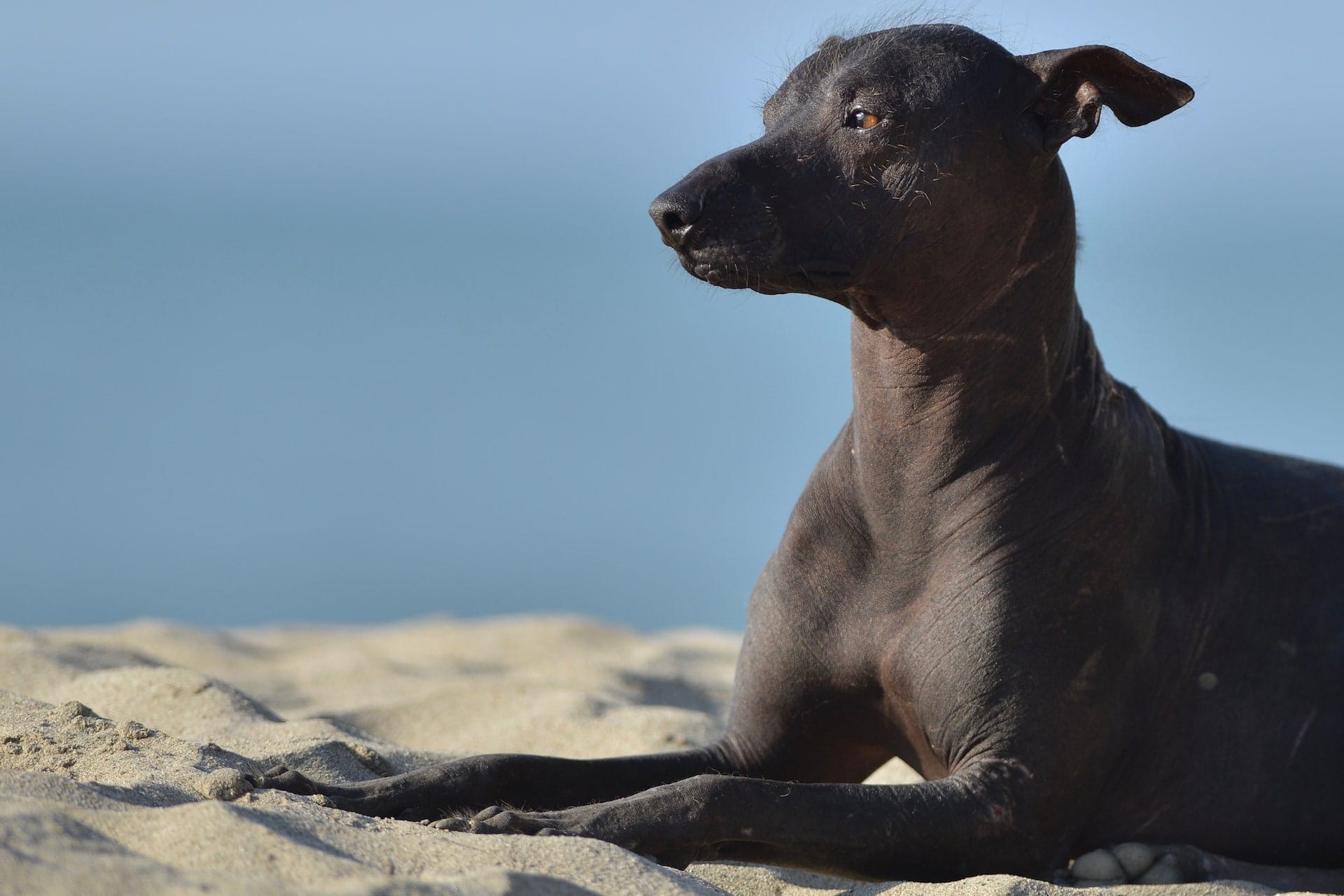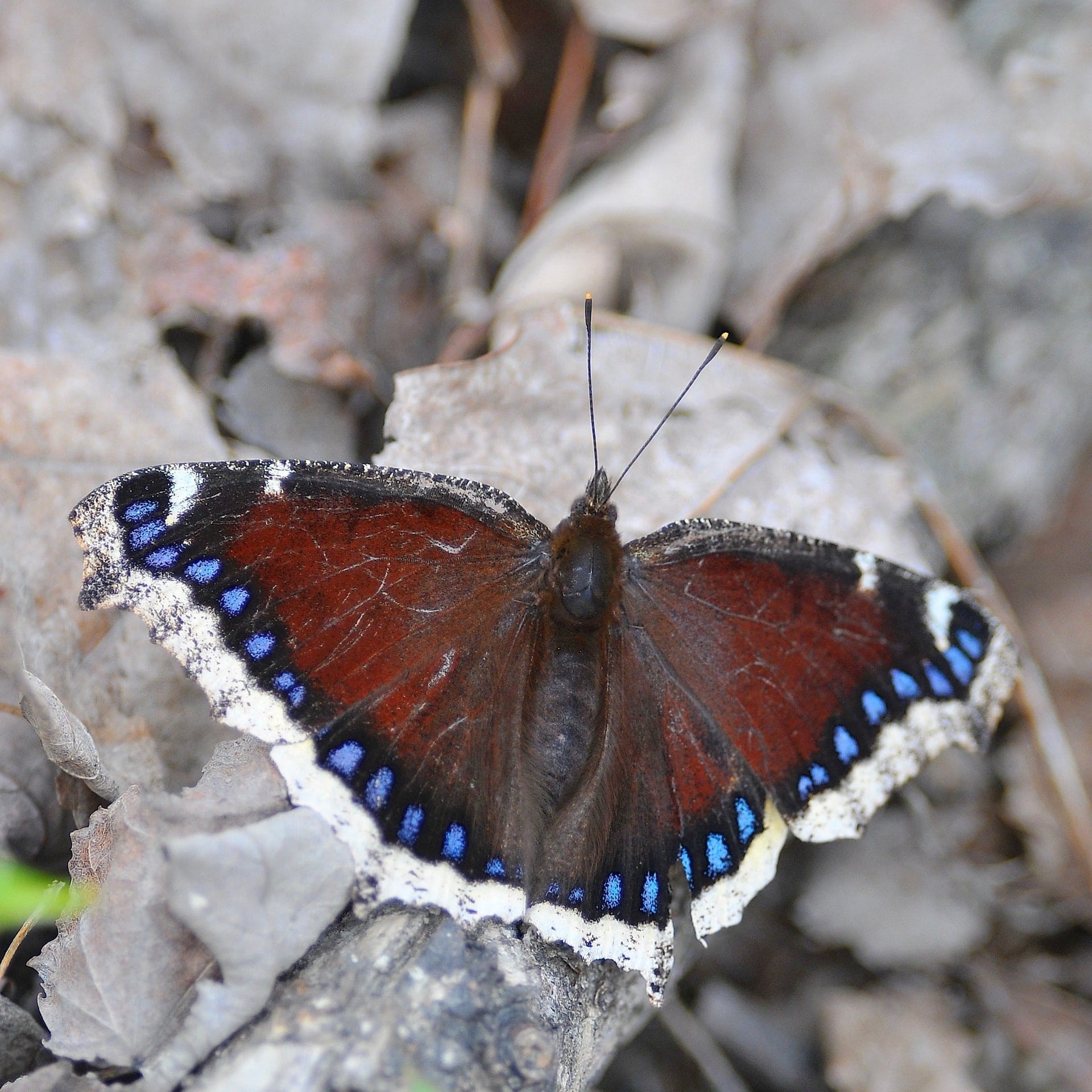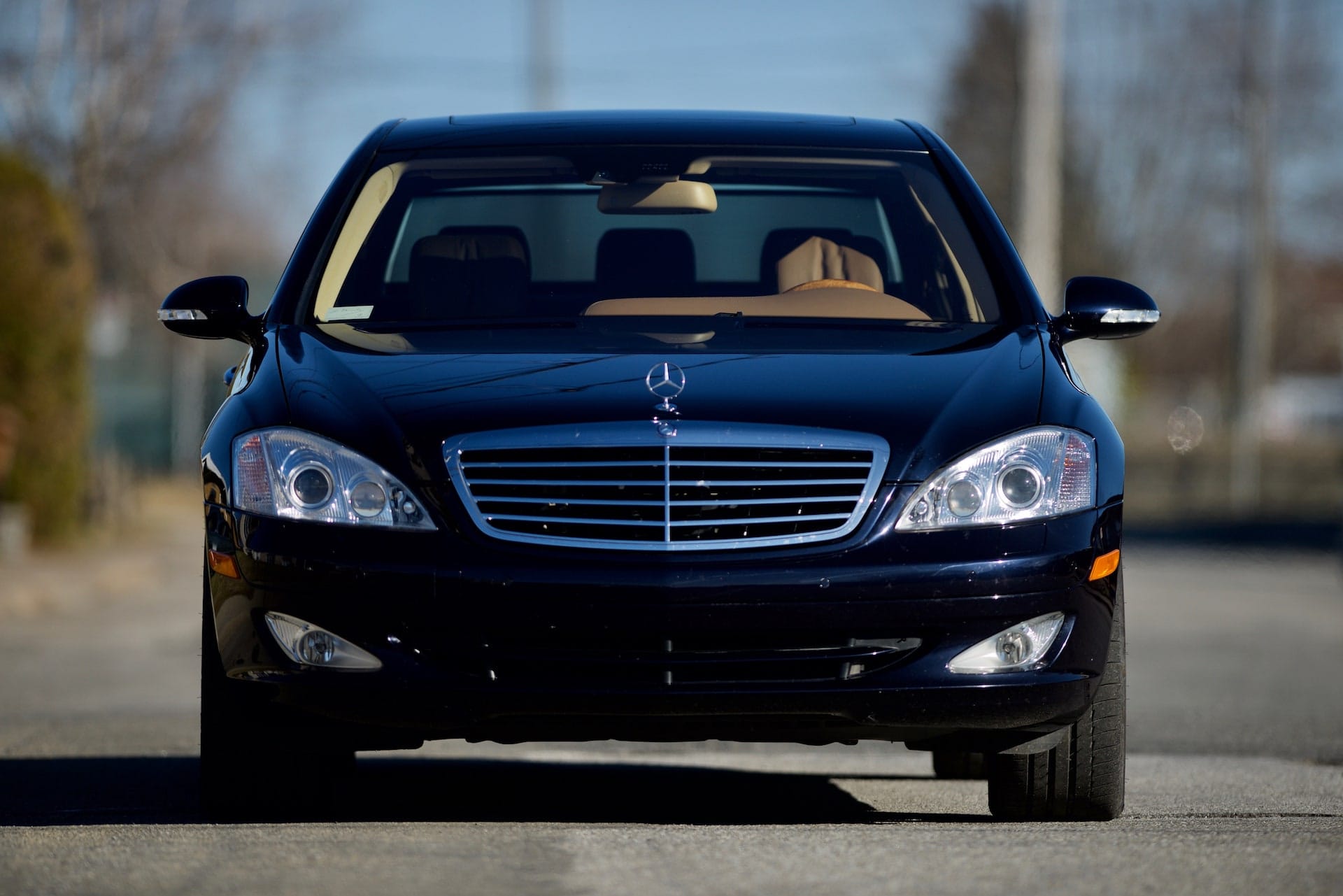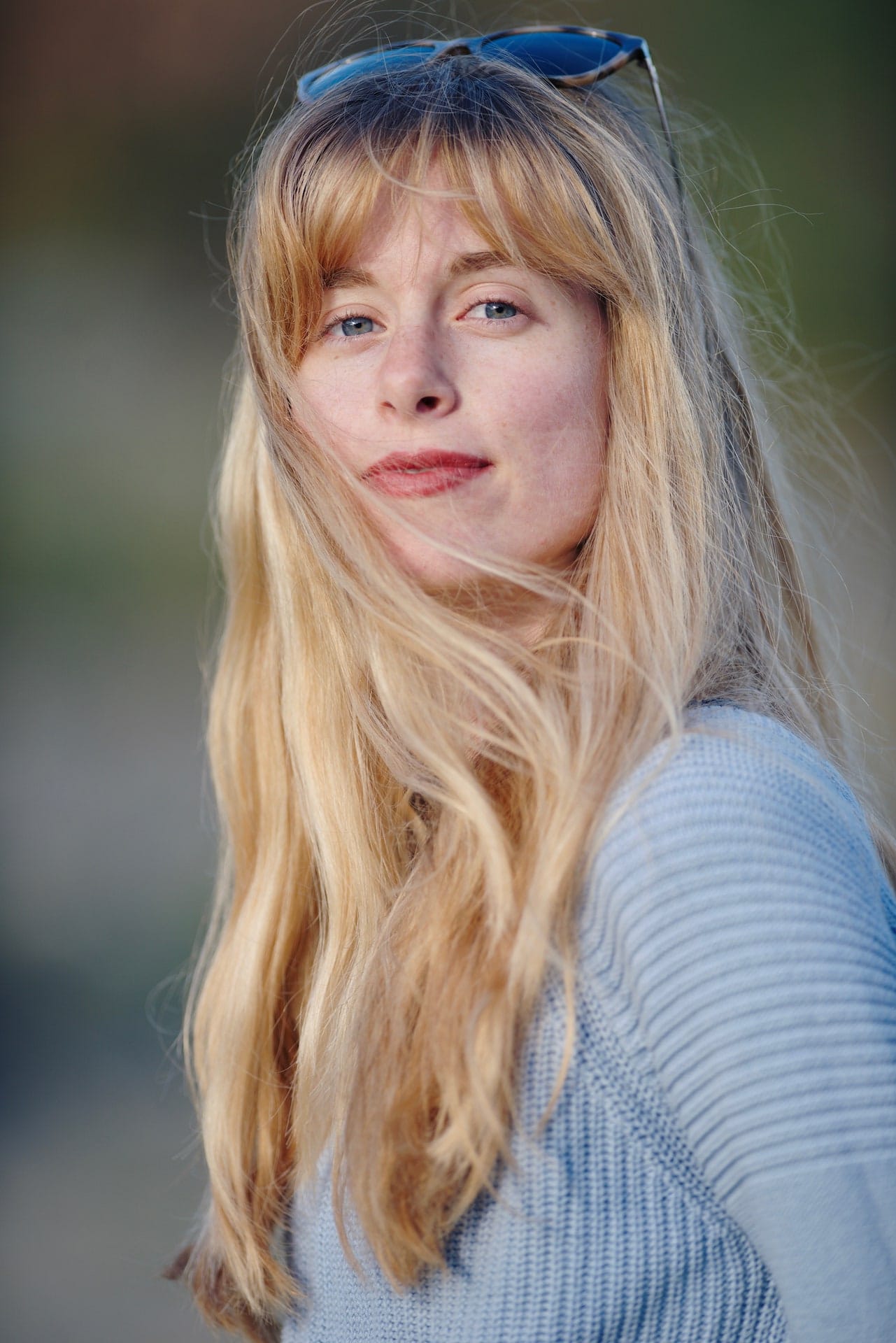300mm f/2.8 VR Nikon ultimate review
This is it.
The review of my all-time favourite lens.
It is the Nikon 300mm f/2.8 VR
And that’s the long term review of it.

How is that for bokeh!
Was there a better world out there, a world free of bullshit and insanity?
Maybe.
But what world have you seen that you liked better is my question to you.
And once you get to the bottom of the answer, you’ll find a new kind of freedom. Heck, you might even feel like quitting your job and buying a plane ticket to some exotics places, with only your backpack. You might wonder which lens to bring.
The Nikon 300mm f/2.8 would be on the top of my list.
Okay, let’s face it: It’s awkward sometimes to shoot on full-frame with a 300mm f/2.8, as you need to be very far to get your subject. But if I had to travel the world and only take three lenses with my D800E, it would be the 20mm f/1.4 Sigma Art, the 50mm f/1.8 AF-S G and the 300mm f/2.8 AF-S VR. That’s it. Could easily replace the 20mm f/1.4 Sigma by a 20mm f/1.8 AF-S Nikon: cheaper, lighter, and way more reliable (my 20mm f/1.4 is falling apart after only 2 years :( ).
The 300mm f/2.8 VR is a helluva lens. Combined with a TC 2.0 II converter, you get the equivalent of a 600mm f/5.6 AF-S VR with very limited loss of sharpness. If you’re a mad man like me, you throw that on a APS-C body and you get a nice 900mm f/5.6 reach. Then because you’re even madder, you get something like a D7500 or D500 with the 1.3x crop shooting format on top of their crop sensor. That brings you to 1170mm at 12 megapixel.
If that’s not enough for you – it wasn’t for me – there’s the 600mm f/4 VRII that will do. I’ll review it soon.
The 300mm f/2.8 AF-S VR is the sharpest lens you’ll ever get to use, among the 200mm f/2 AF-S VR and the 400mm f/2.8 VR. Yes, sharper than the 600mm f/4 VRII. Almost as sharp as a Zeiss Otus lens.
The 300mm f/2.8 makes you go shoot things. It looks cool, with its carbon fiber lens hood. It is everything that you’d ever need and then some.
Most of the shots below were shot using the D300 (reviewed here) and the D800E (and here’s my long term review).
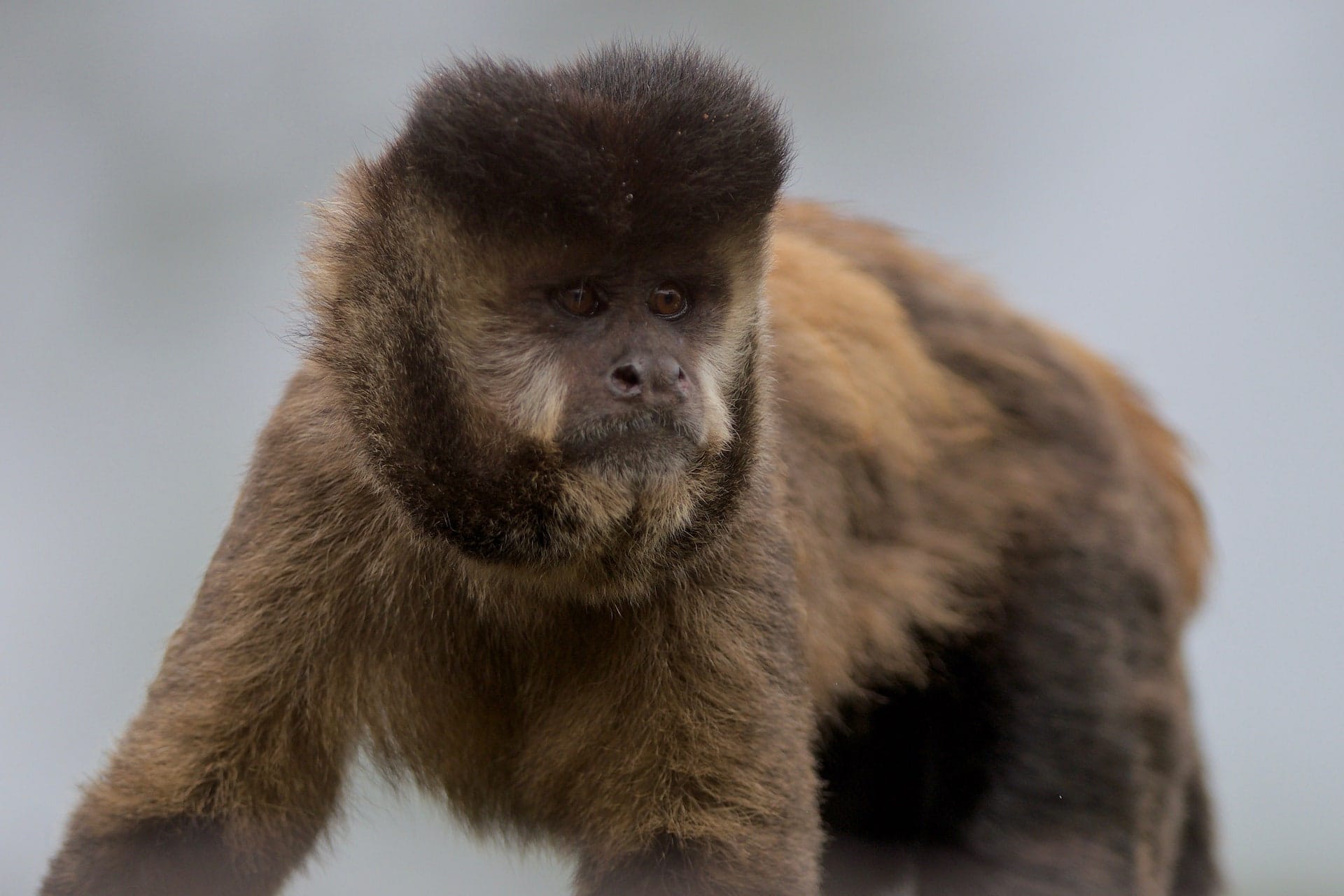
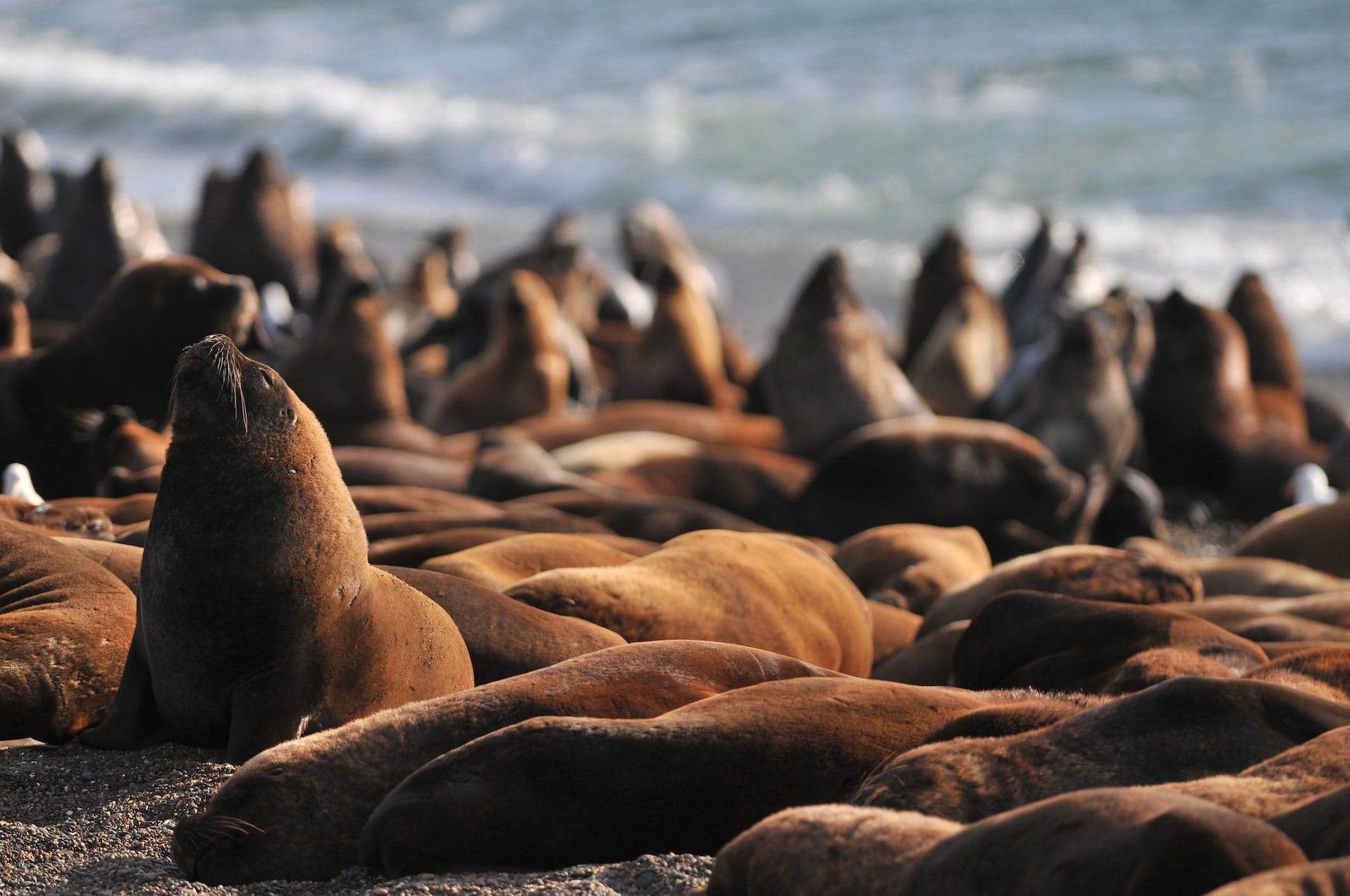
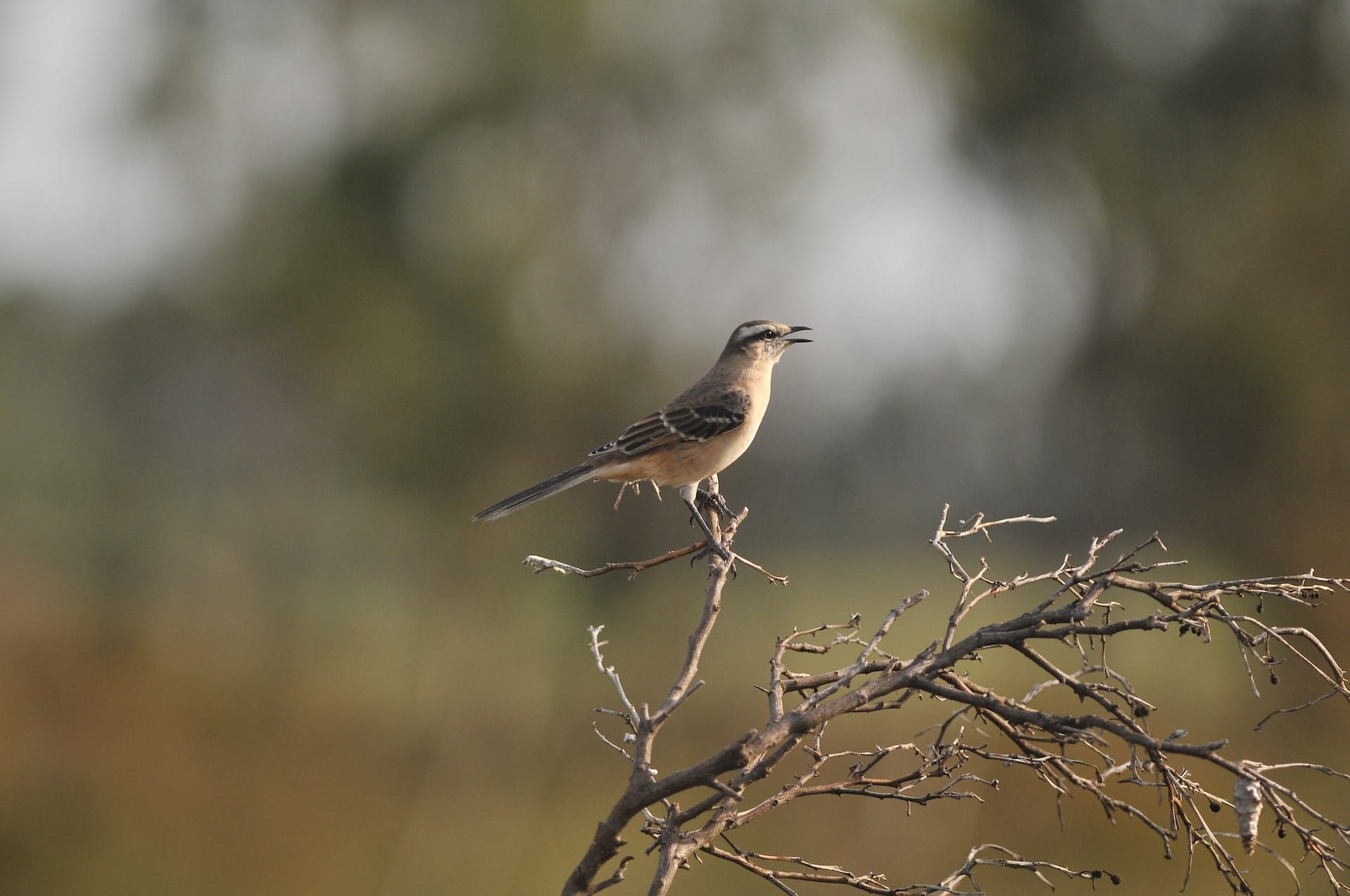
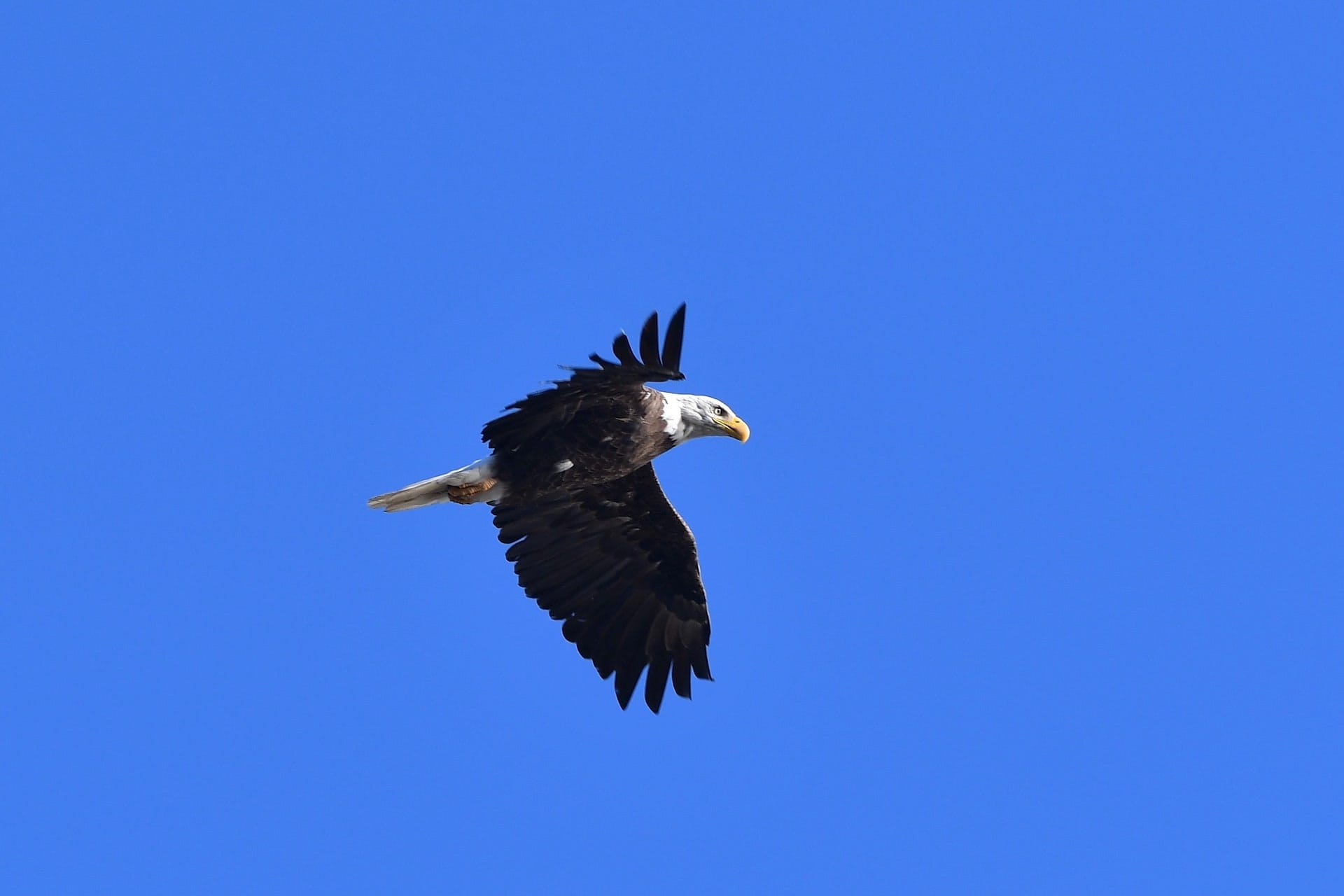
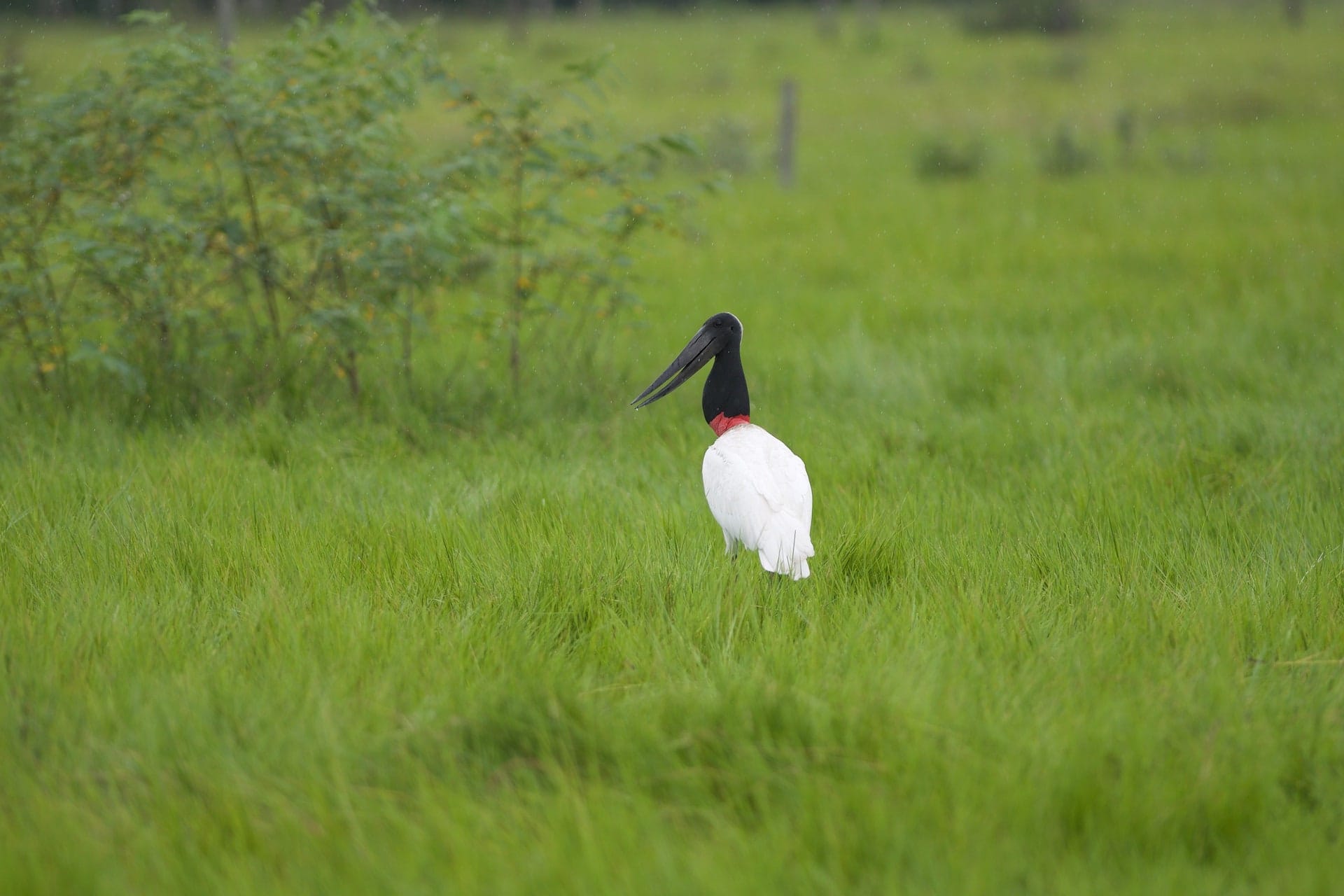
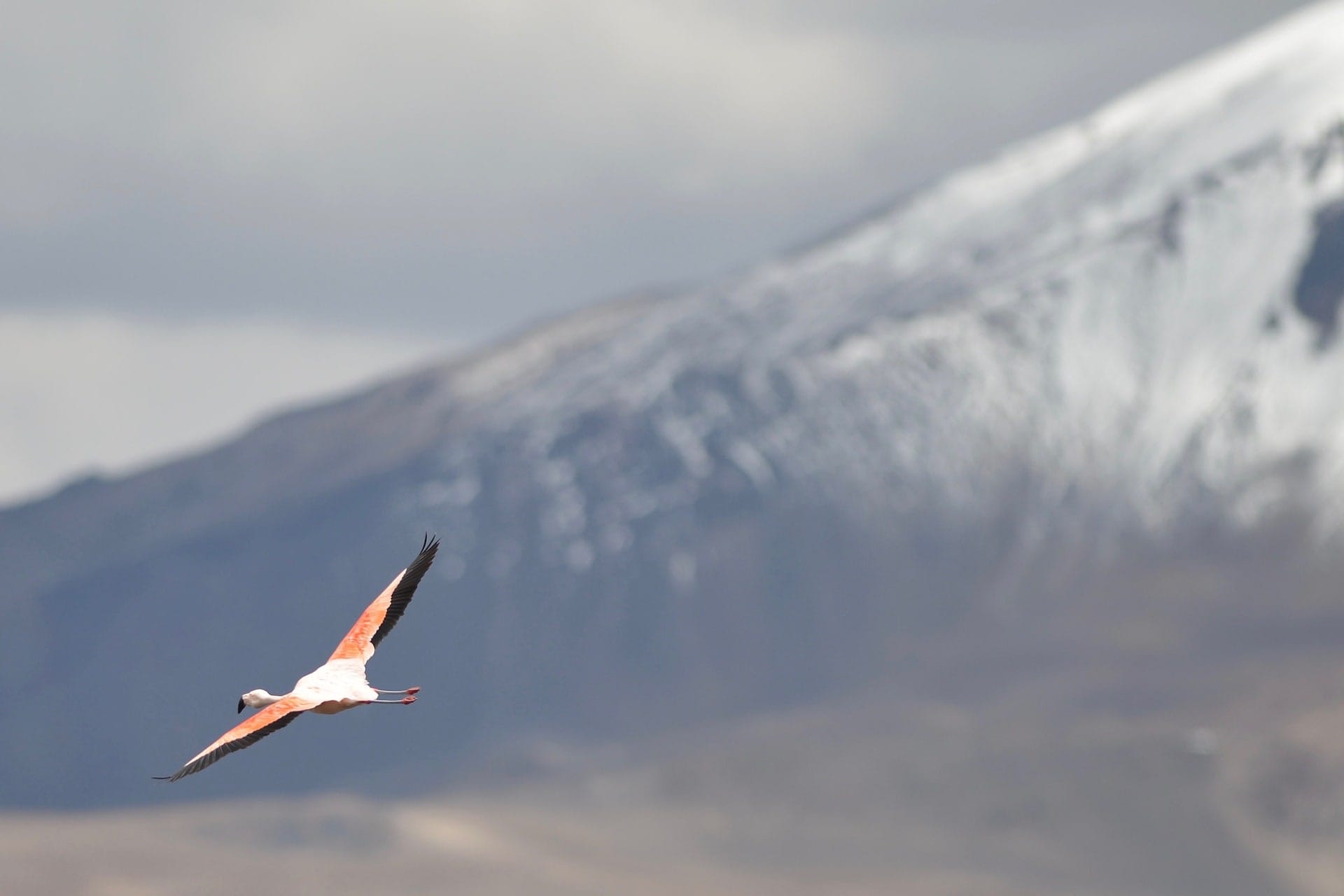
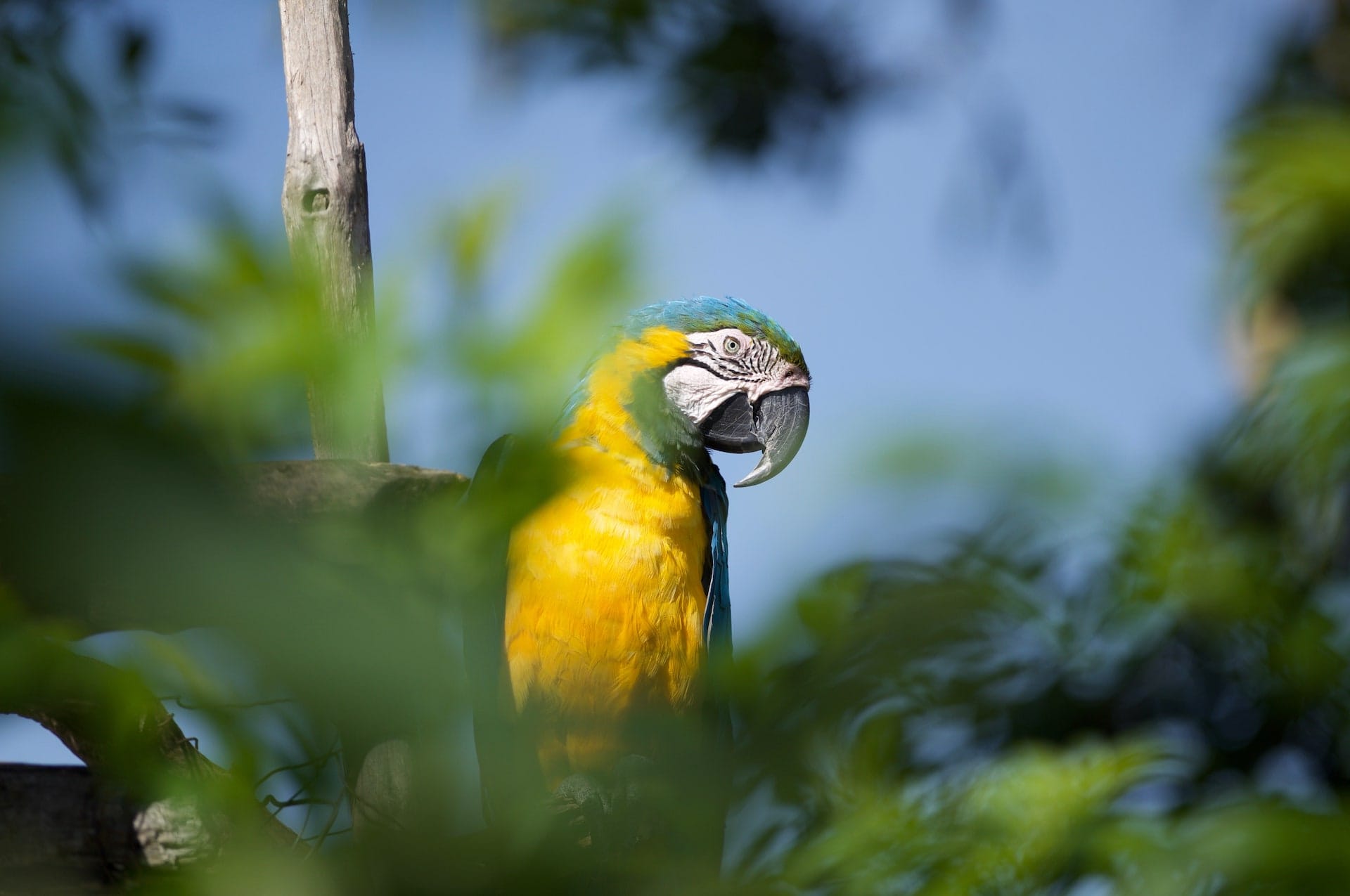
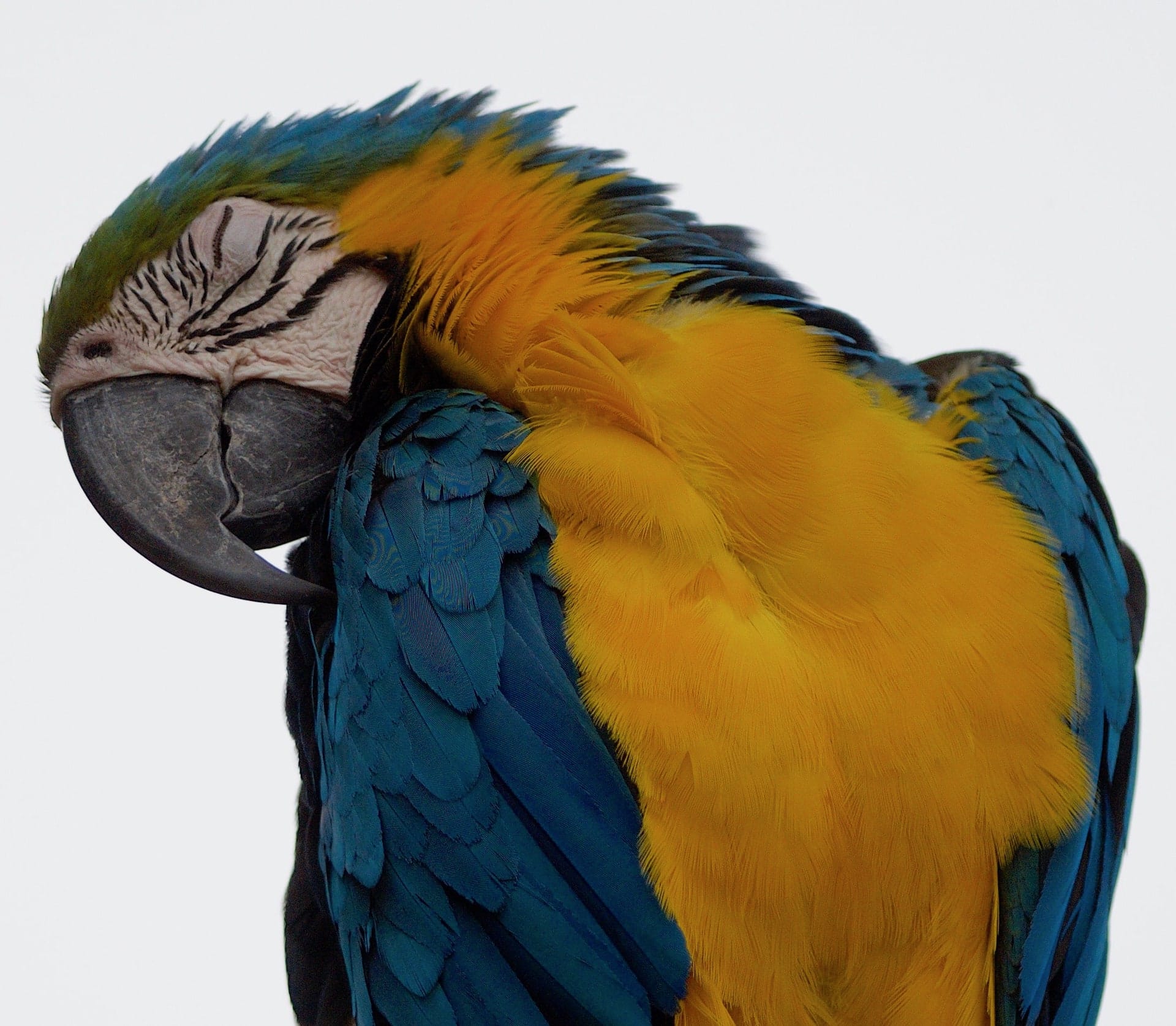
Sharp you say? Look at the details of the blue macaw (taken in Bolivia!) – it is from another world. I just wished I had a D850– 36 megapixels sometimes isn’t enough ;)
Below: In Brazil
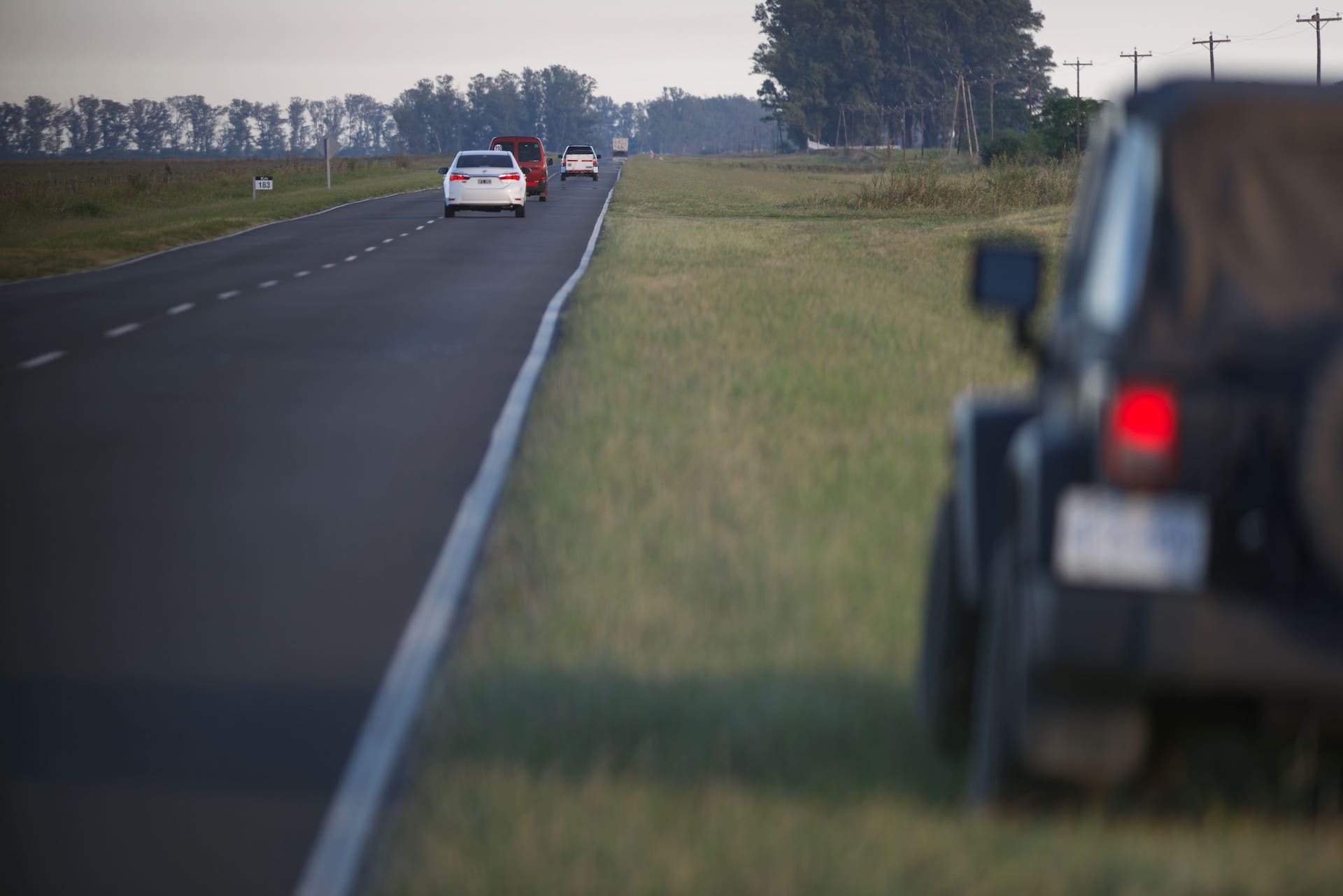
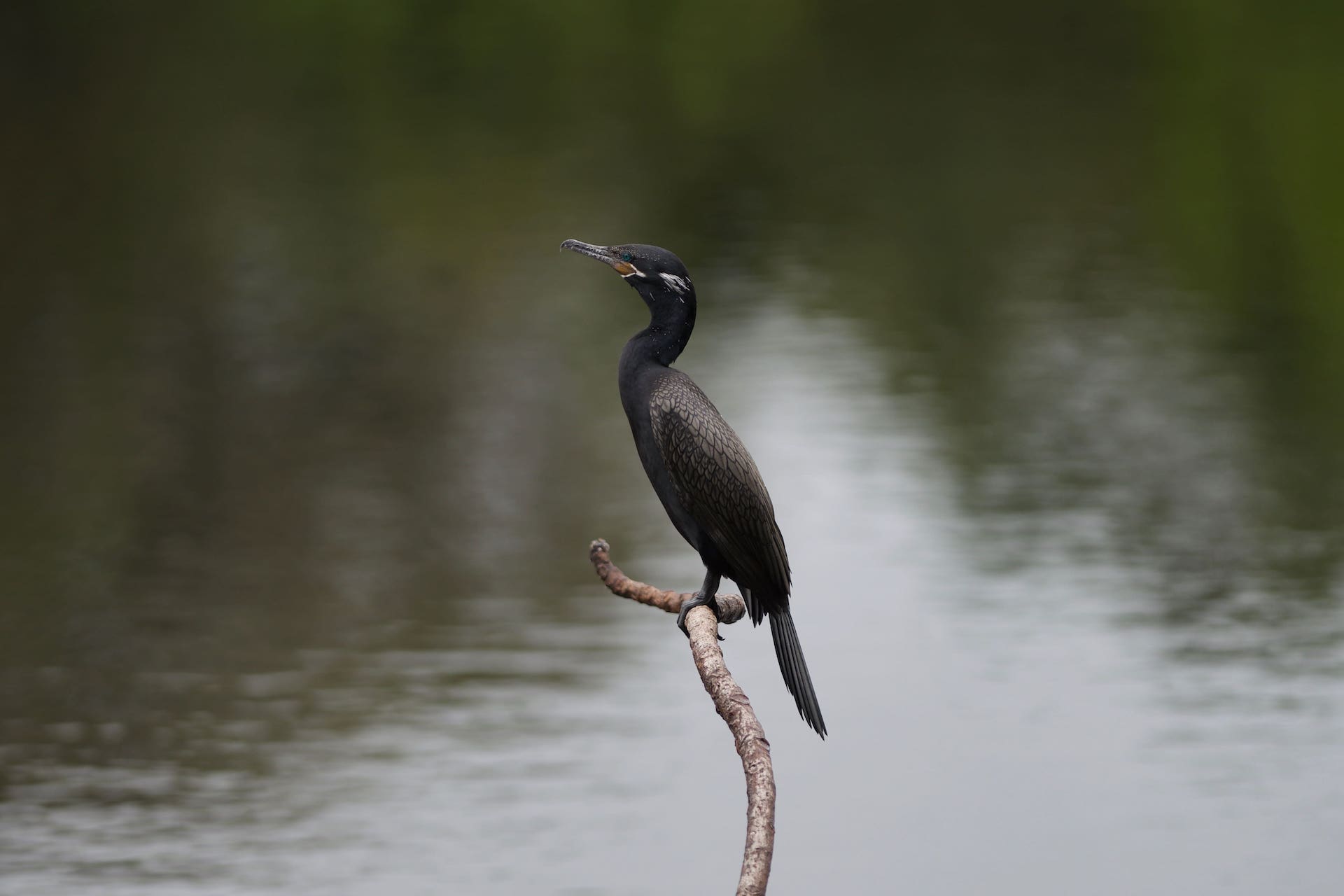
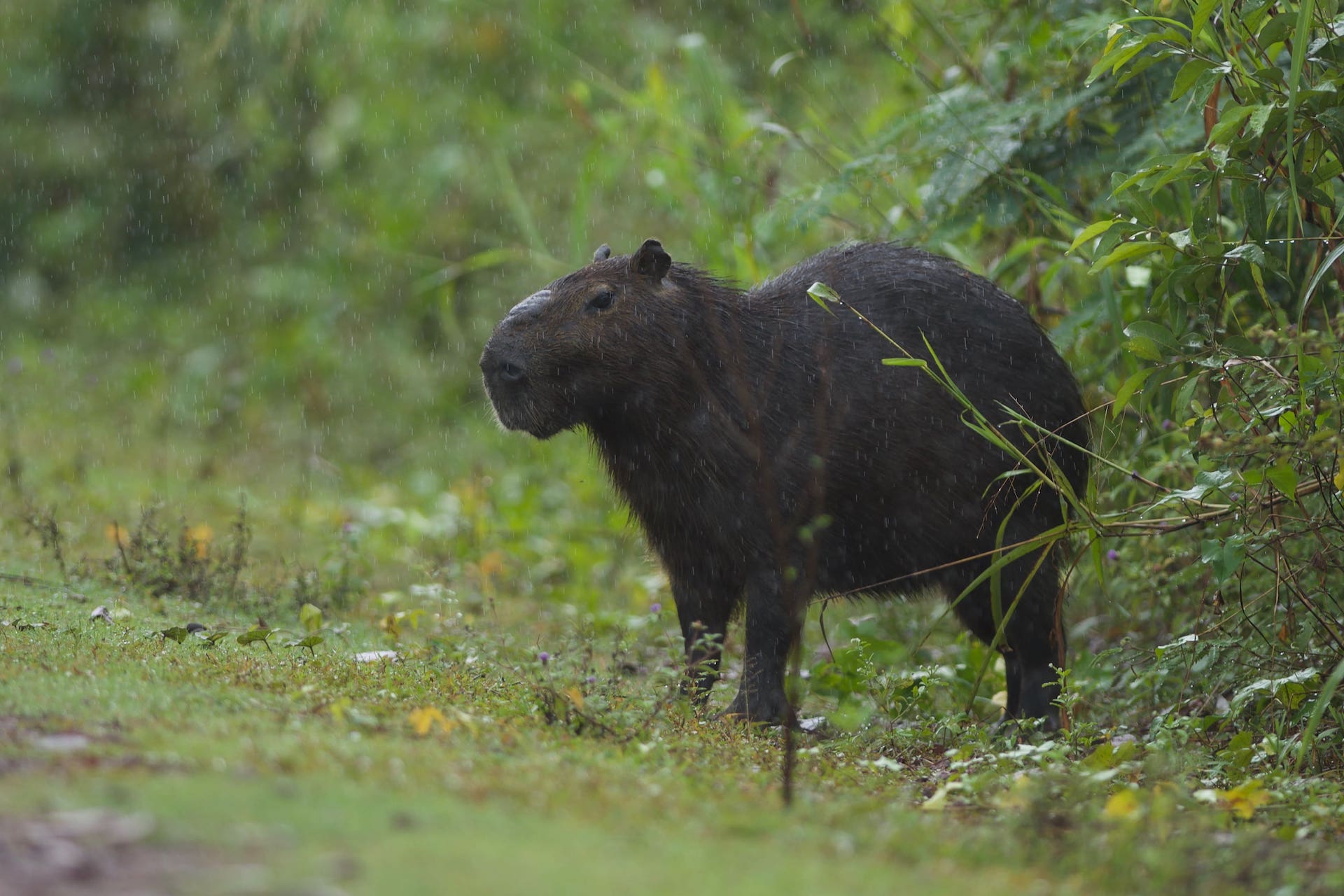
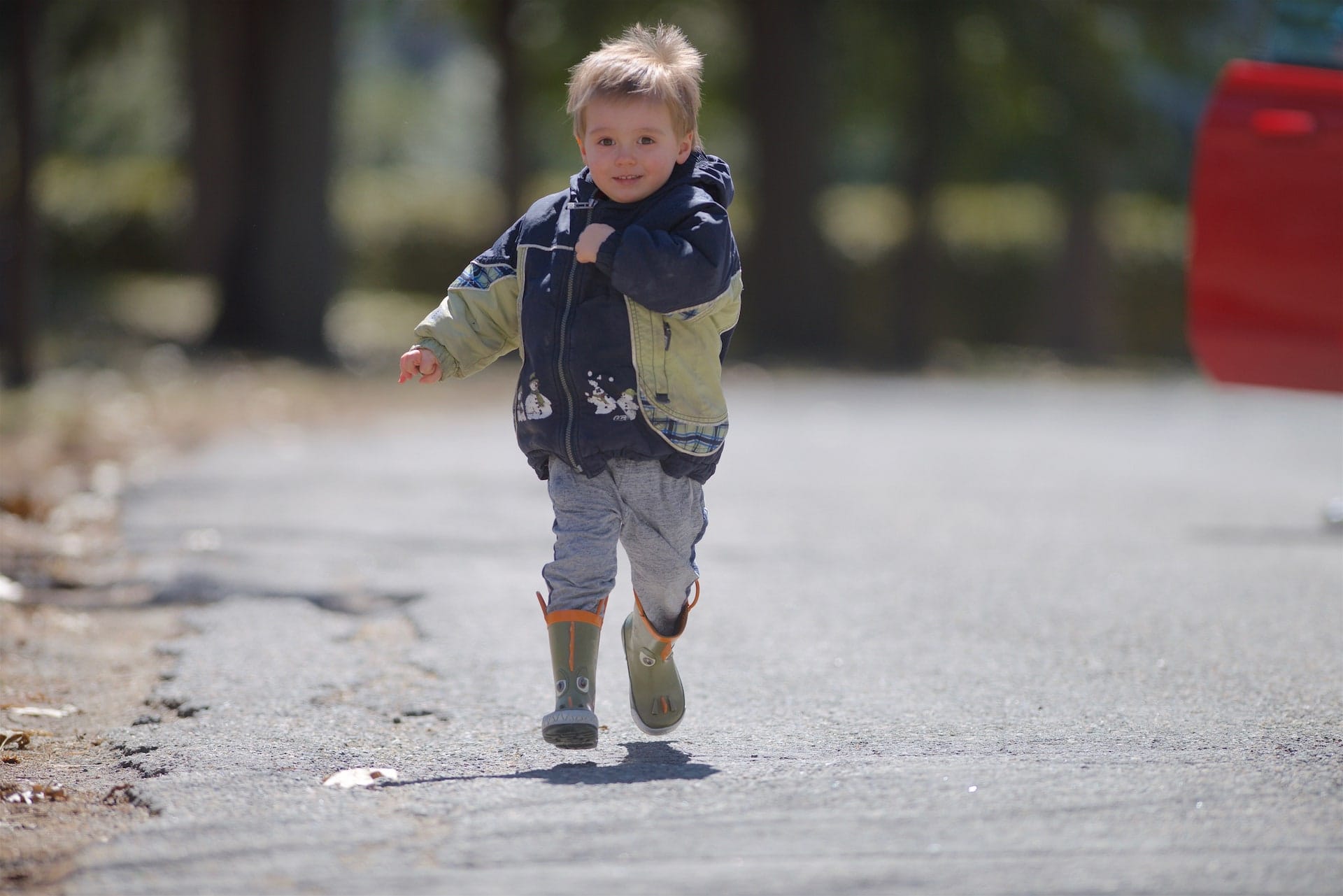
This is the kind of review that the pictures speak for itself. What else can I say? That the focus is the fastest from any Nikon lens. That it weights two dictionaries. That it is the ultimate bokeh machine.
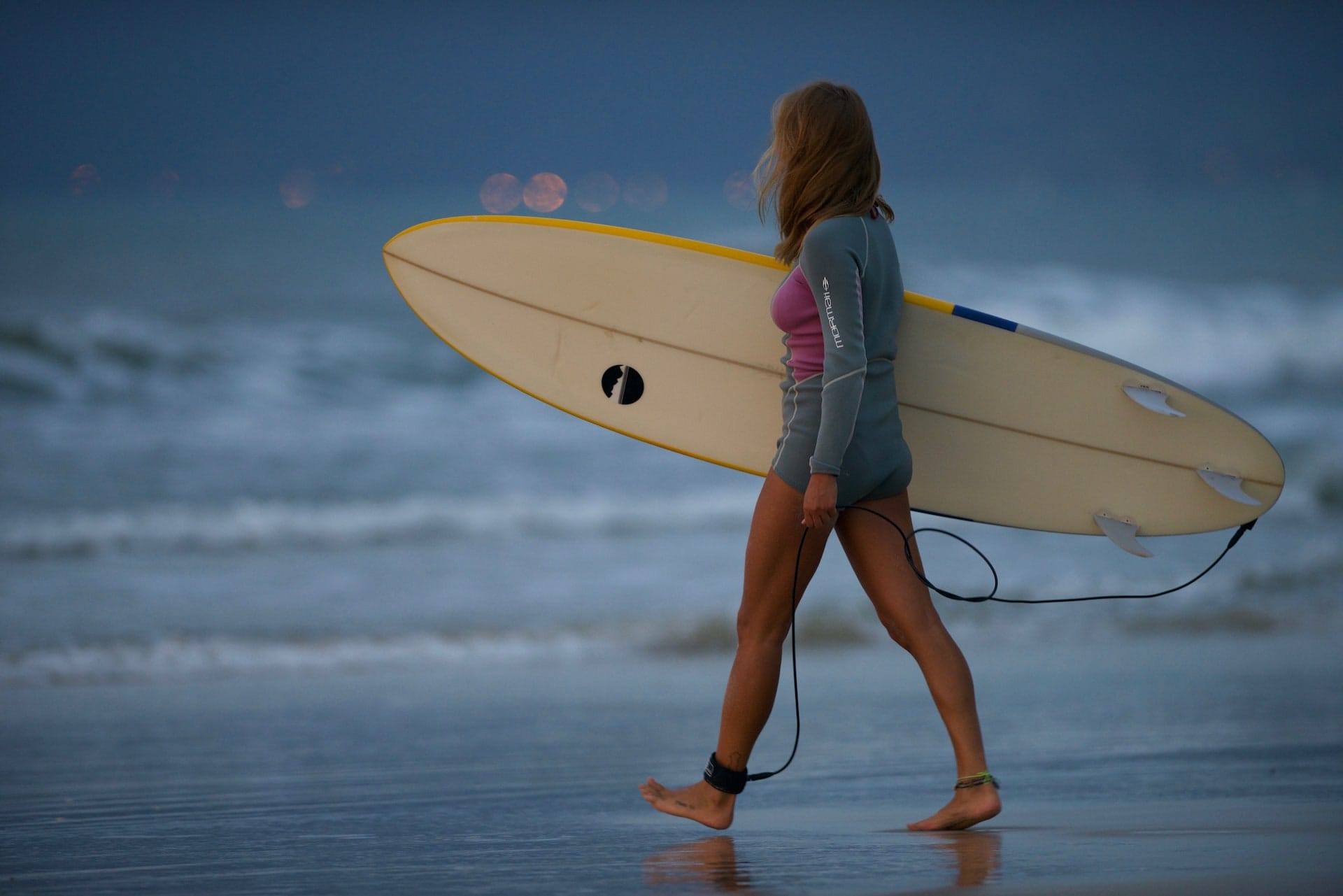
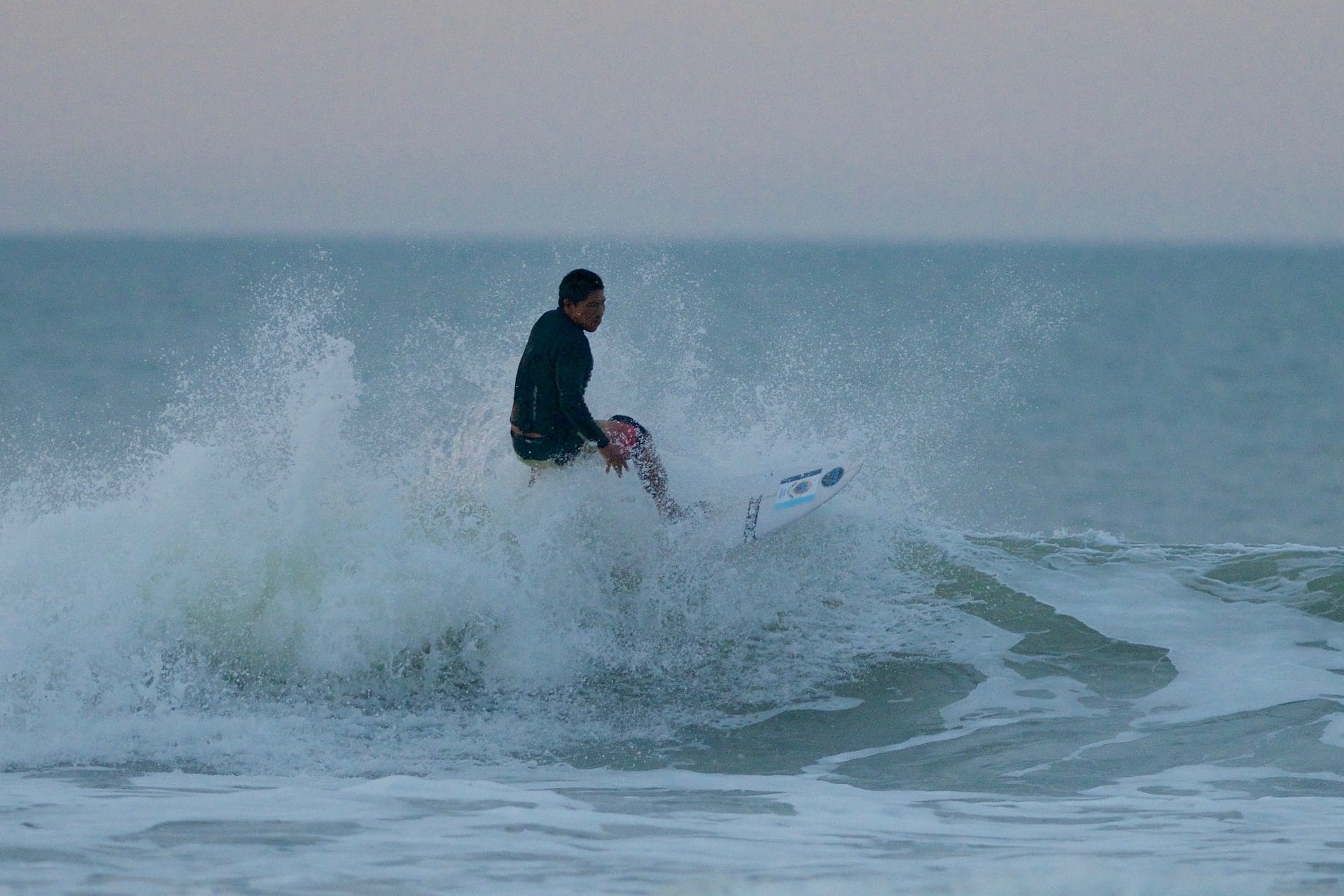
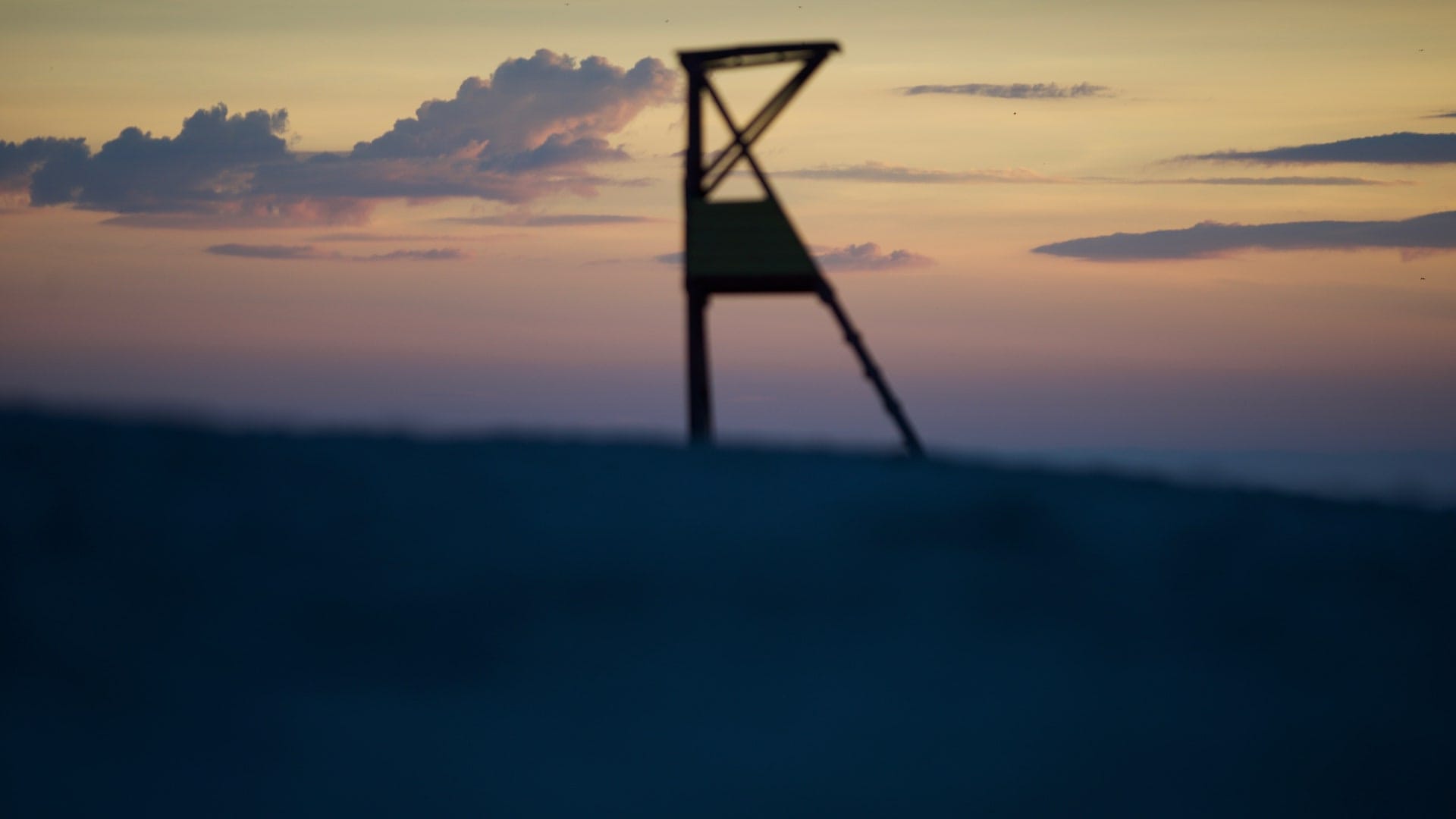
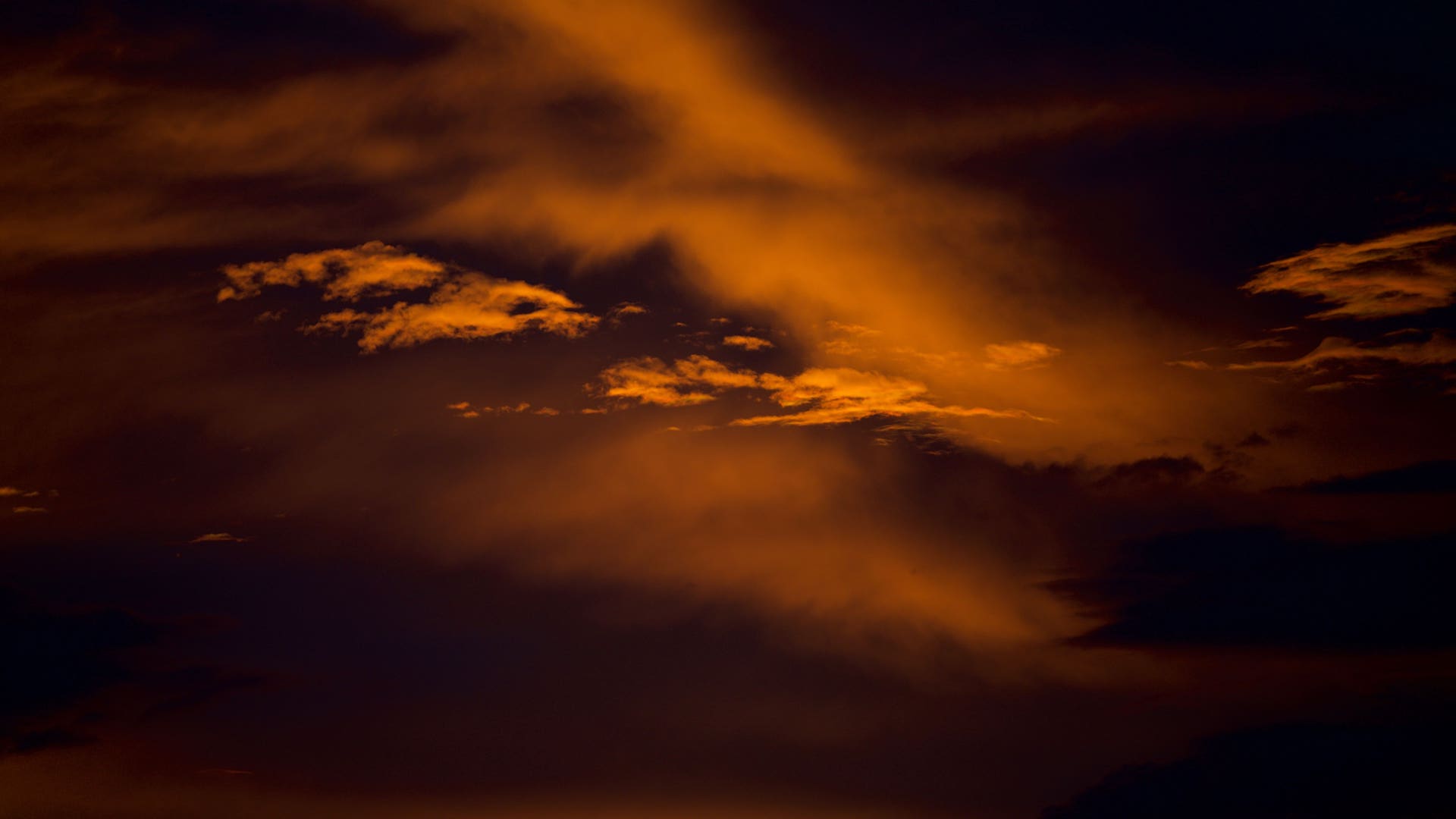
Macro ability are ridiculous, as shown below.
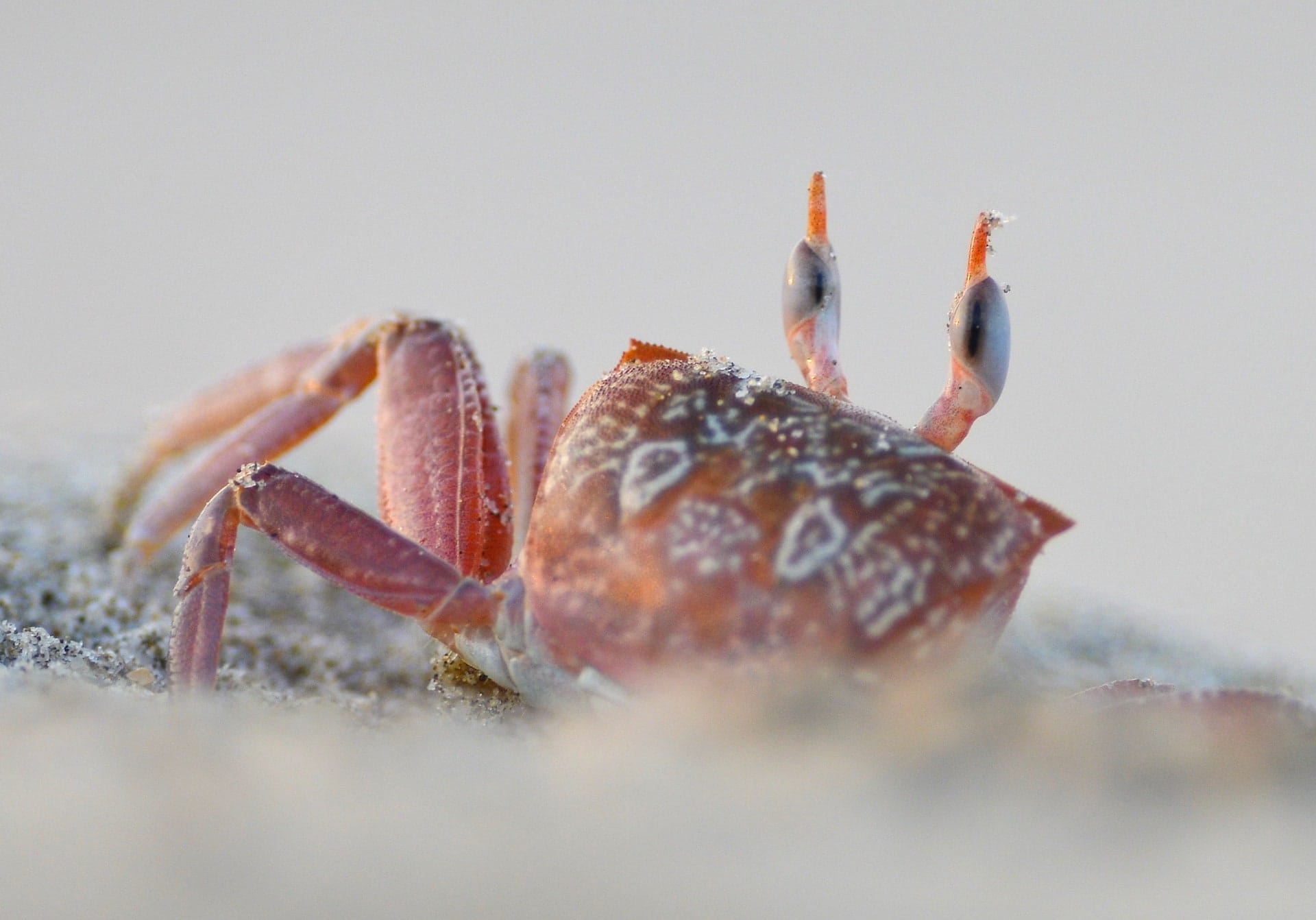
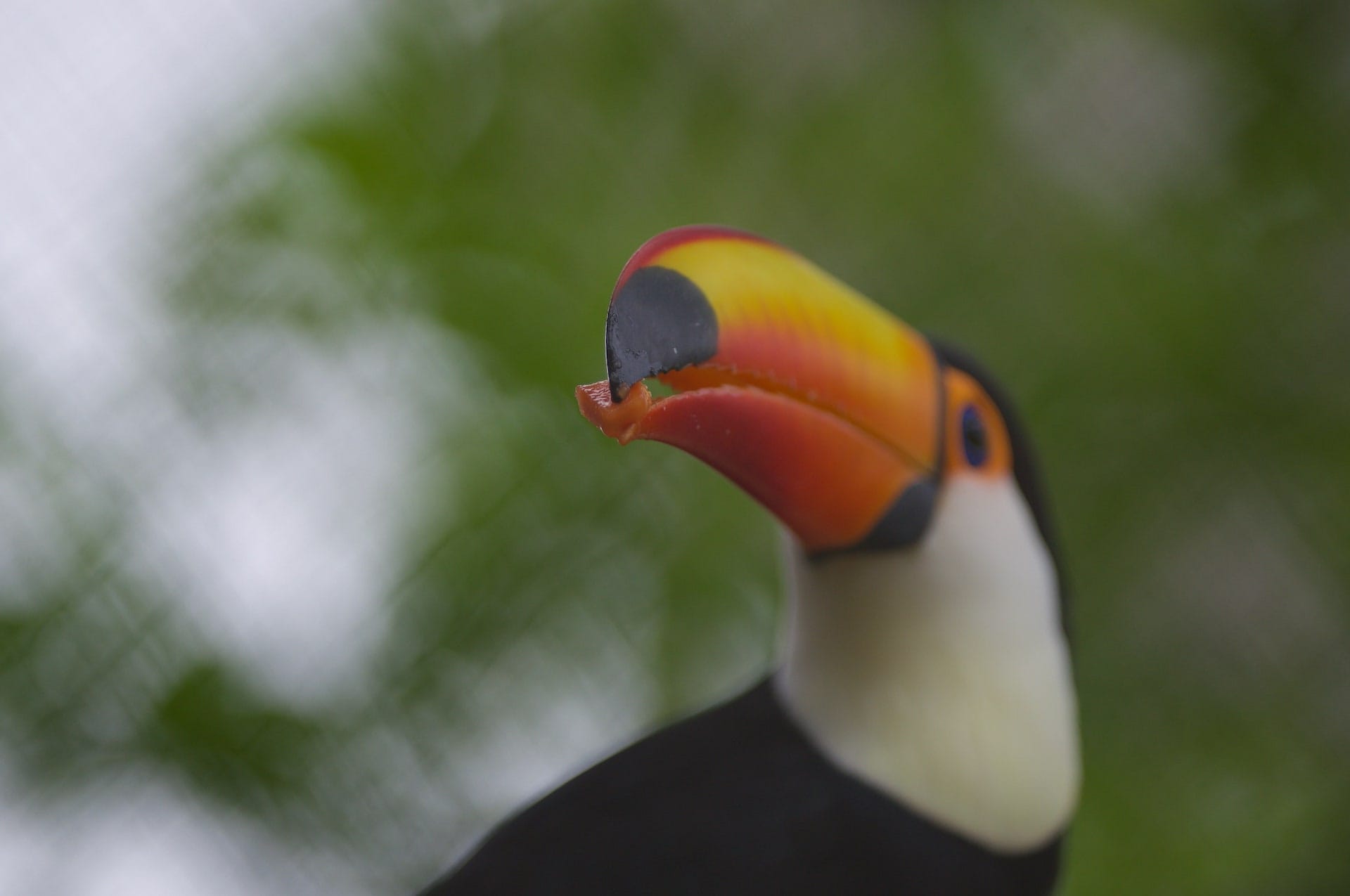
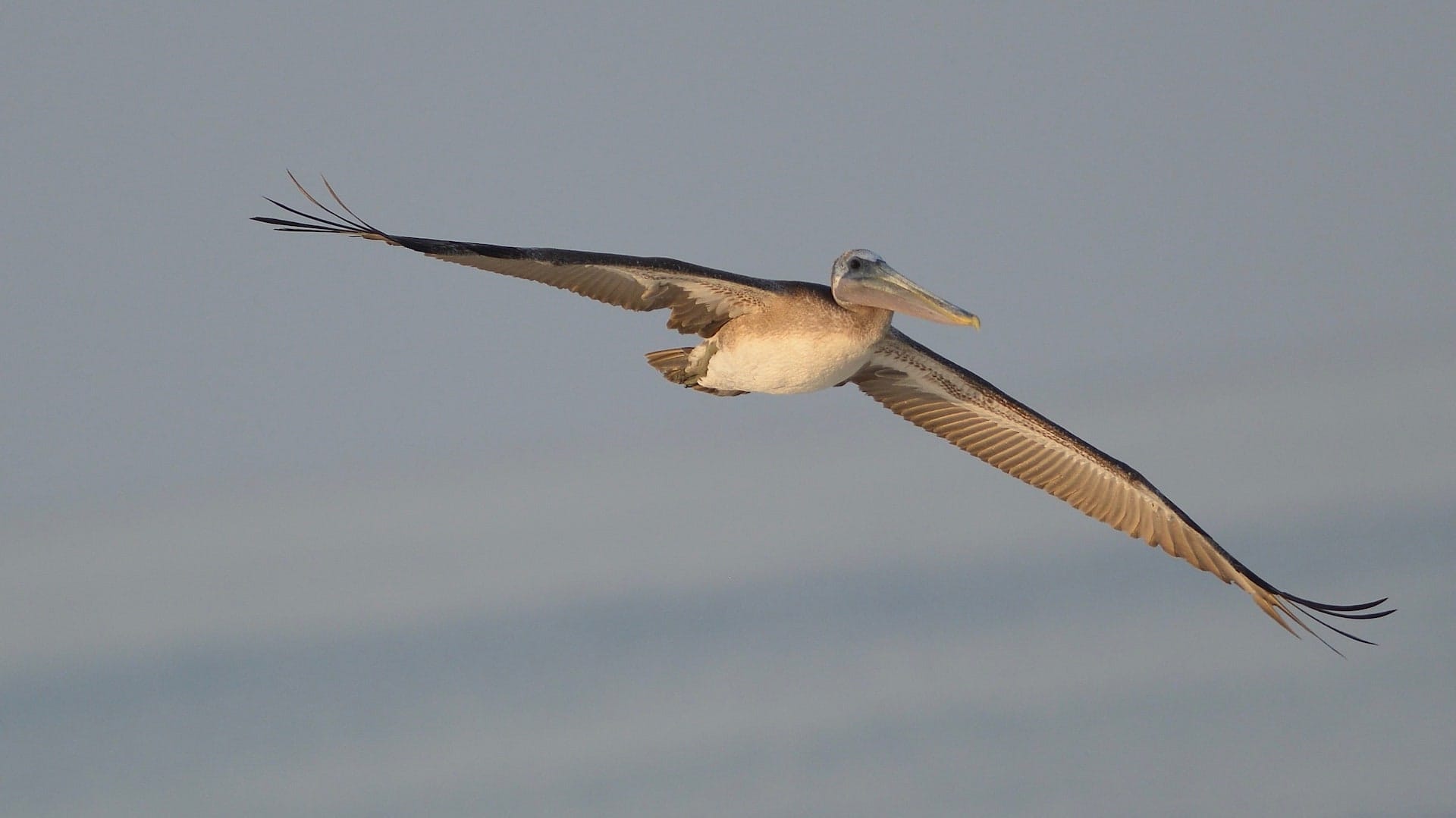
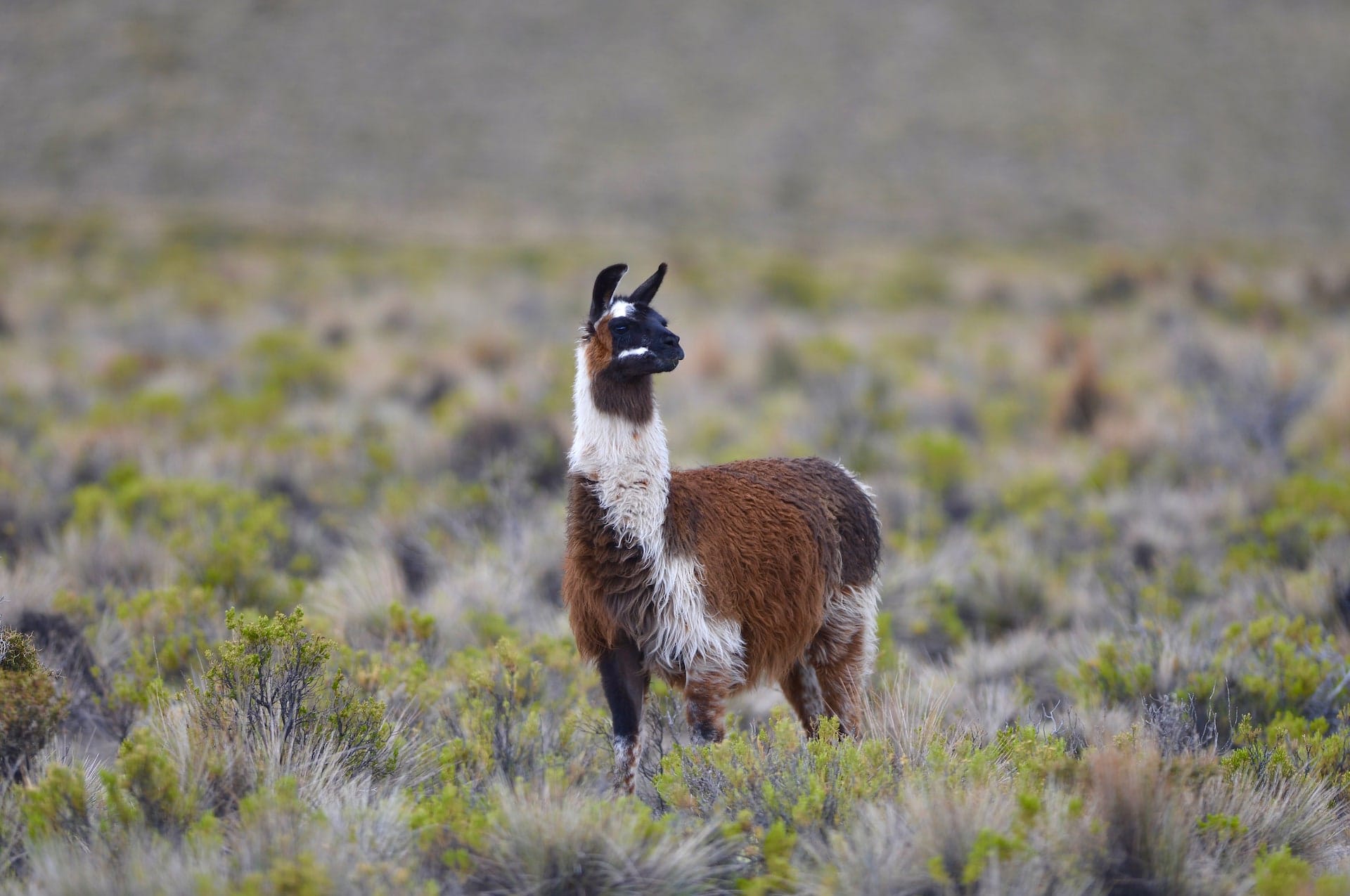

Bokeh
It is insane. Look at the pictures below. The ability to distance your subject from the background –and the foreground– is what makes this lens so special. From food photography to portrait, this lens is killer.
Peak sharpness is available from the get-go at f/2.8. At close range, shooting on full-frame, the in-focus zone is less than 2mm or something stupidly low like that. You have to nail the focus, but once it’s nailed, it delivers the best results in the universe.
The background simply melts away!
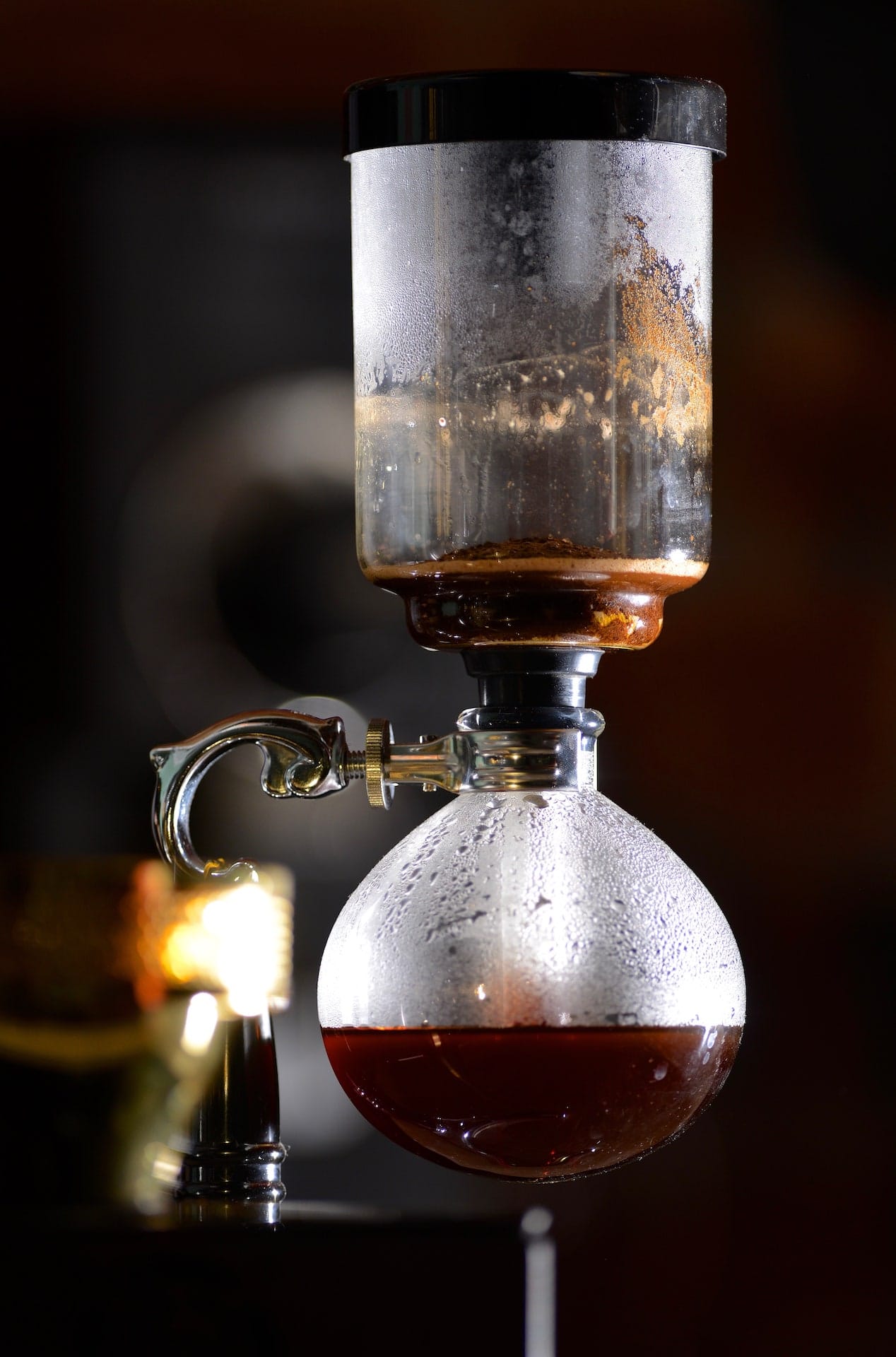
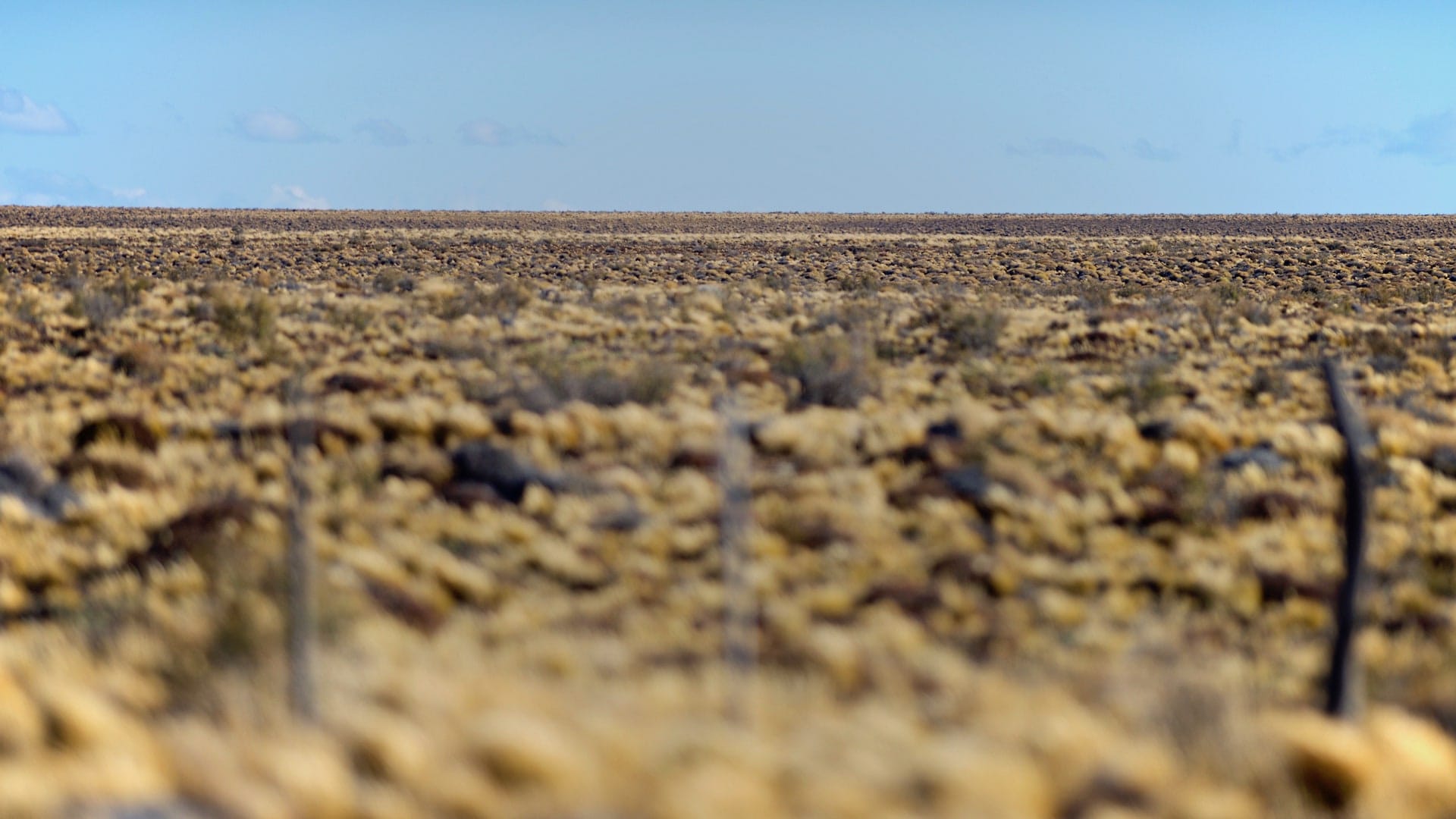
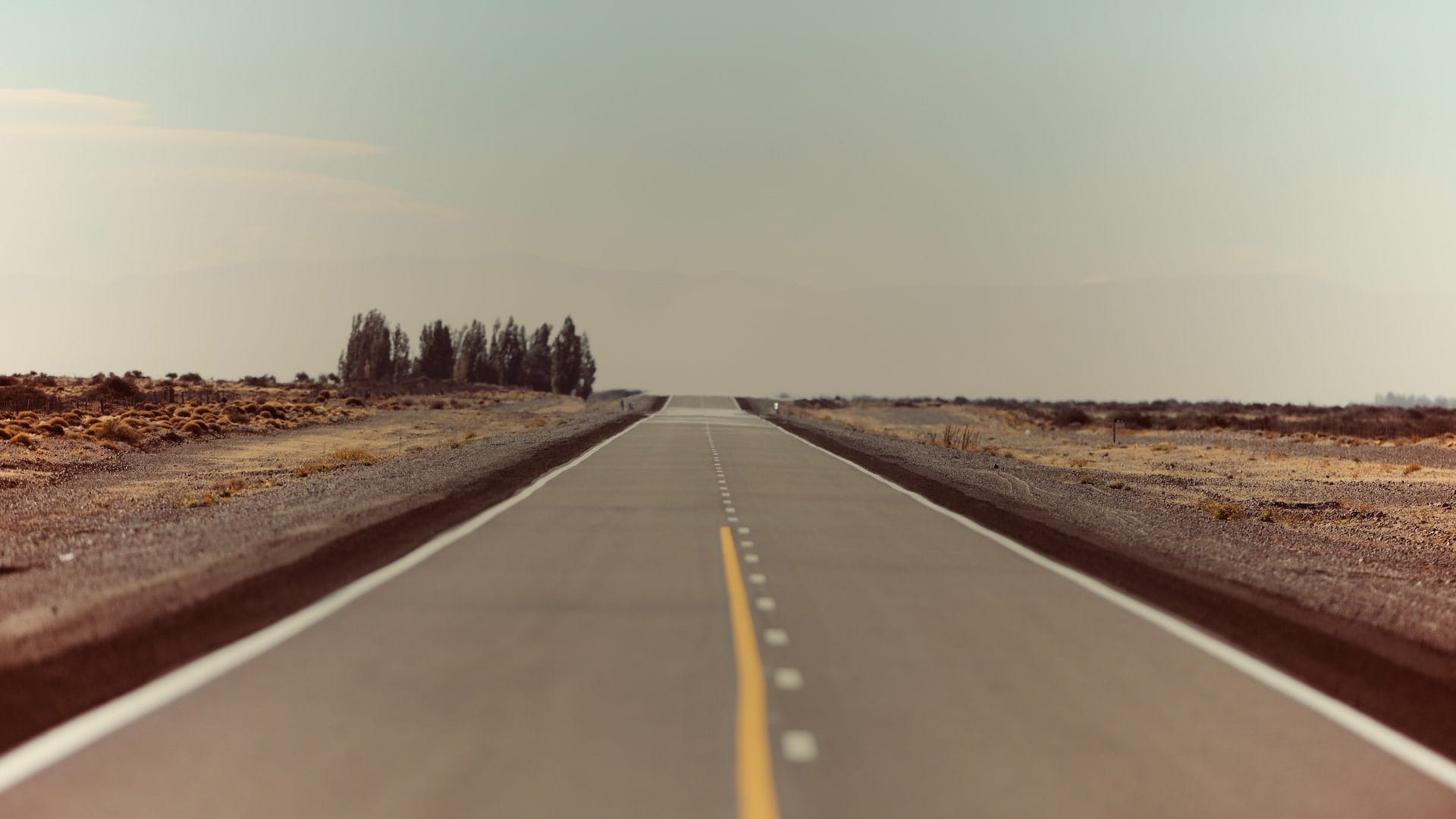

In the end, this lens created new photo opportunity. I made shot that I would never had without this lens! I mean, it sounds like a no-brainer, but this lens will make you go shoot, just for the sake of feeling like a Nat Geo photographer. The 70-200mm f/2.8 is awesome, but the extra 100mm of reach makes the difference.
This lens is also sharper than the 70-200mm f/2.8 VRII, no question asked.
Which version of the 300mm f/2.8 should you get? Well, if you can get a good deal on the non-VR version, get it. VR matters only below 1/500 of a second. If you plan to use it with the 2.0x converter on a crop body, than the VR is a must, most of the time anyway. You see, birds aren’t always in the plain sun. They usually hide in the shadows of the trees.
I would get the VR every single time if money is no object. If you are only shooting Birds In Flight, than it doesn’t really matter anyway.
The 300mm f/2.8 VR is so much sharper than the newer 300mm f/4 PF version. Not only that, but if you plan to it a lot with the 2.0 teleconverter, having a f/2.8 is critical. Loosing two stops means that you will still be shooting at f/5.6, which makes the lens compatible with film cameras (such as the F5 or F6) and older Nikon (D200, D300, D700, D3, etc). The 300mm f/4 PF is a lesser lens, too expensive for what it is. F/8 makes it hard to autofocus at dawn and dusk on modern body. There’s no reason for you to get the 300mm f/4, other than if weight is a real issue (rock climbing, mountaineering, etc).
Pros:
The look! Carbon fiber lens hood;
The sharpness! This is the sharpest Nikon lens ever made, on par with the 200mm f/2 and 400mm f/2.8
The VR! Gives me at least 3 full stops advantage
the build quality! This is the most rugged Nikon lens ever made
EVERYTHING ABOUT THIS LENS IS AMAZING
Instant autofocus (closest to infinity)
Cons:
The weight (but what would you expect)
If you are looking for the ultimate Nikon lens, this is it. Nothing on the market is like this lens.
Thanks for stopping by!
Jean-Pascal
